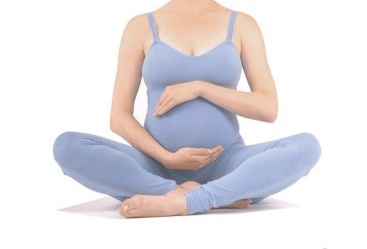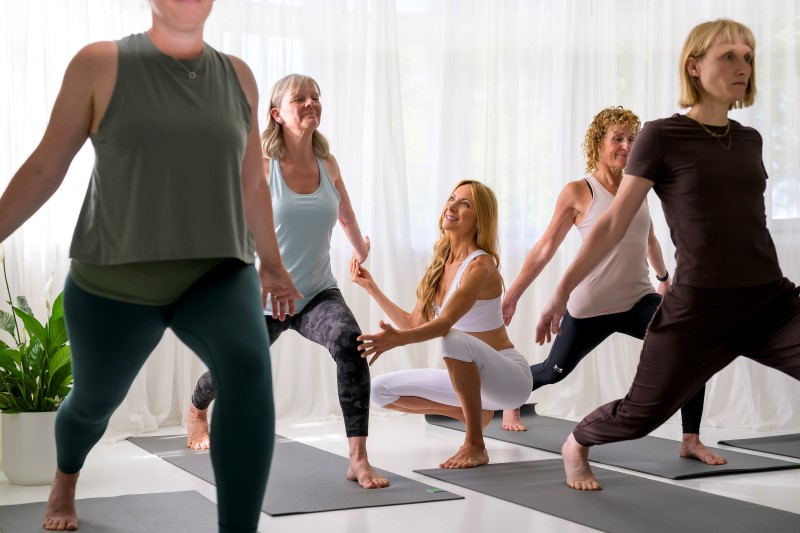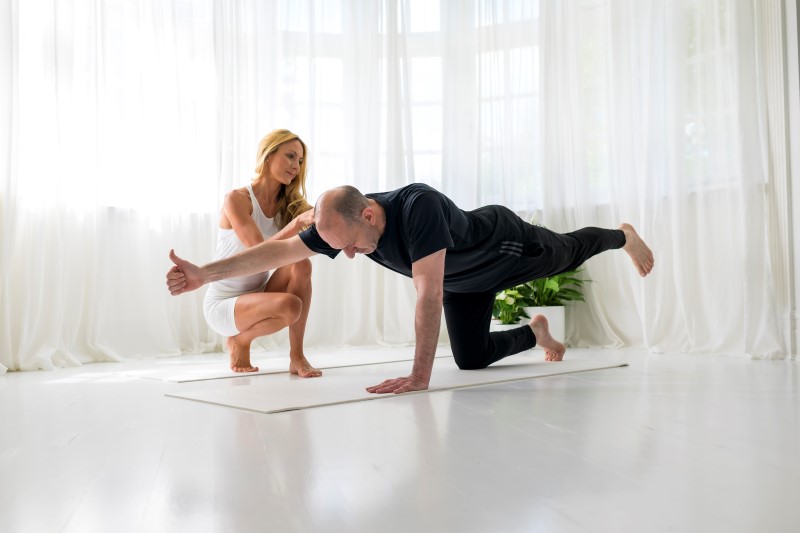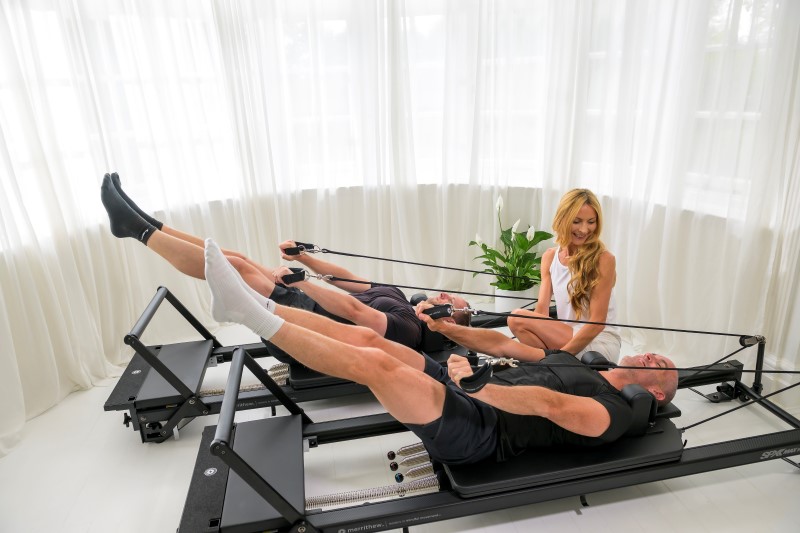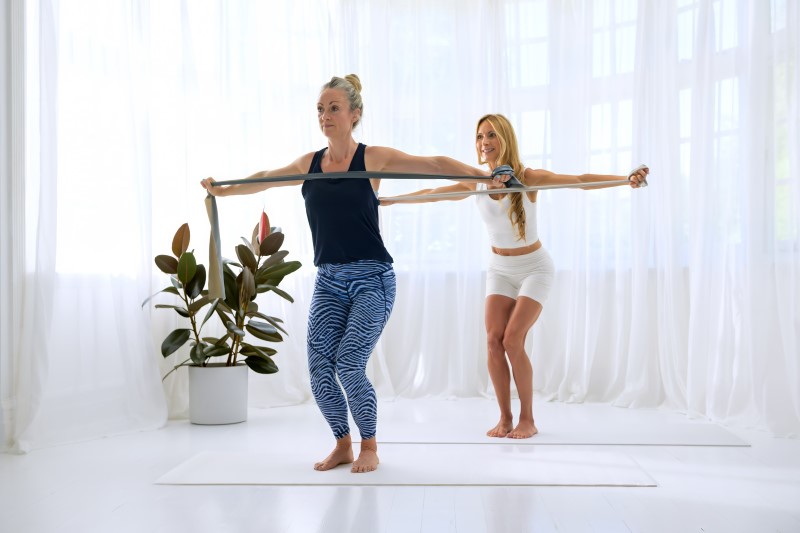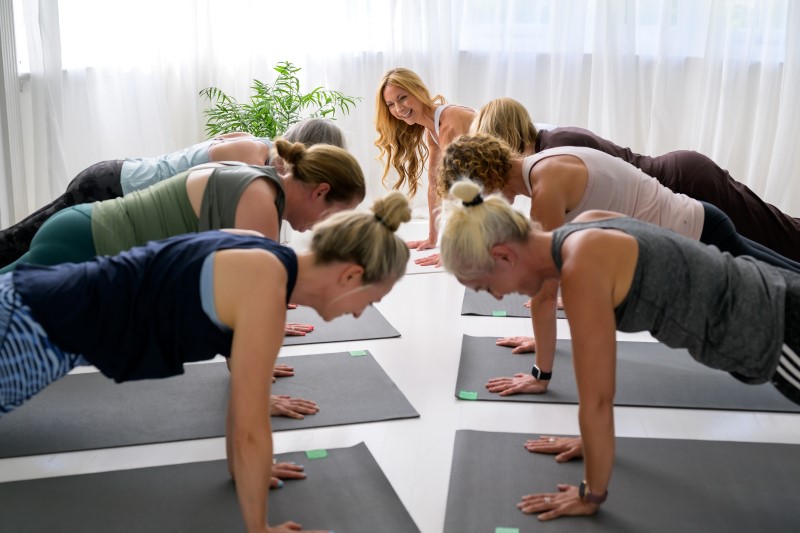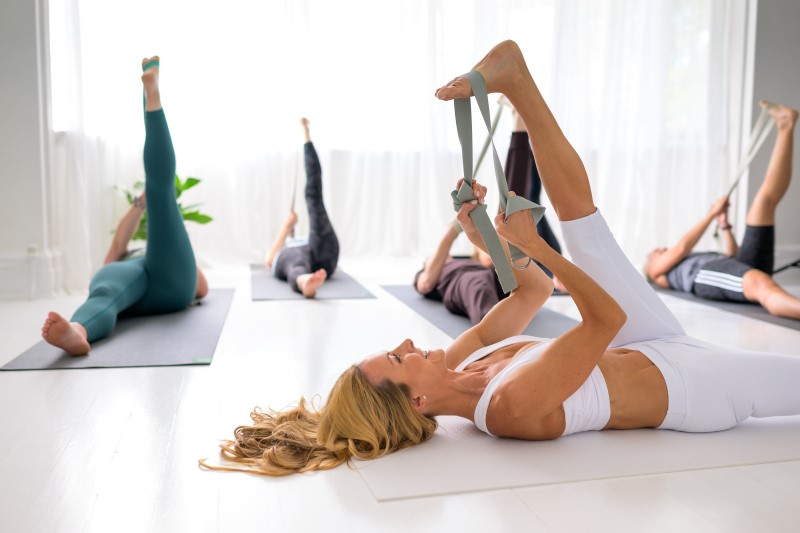As a Pilates and yoga teacher with a specialist interest and qualification in teaching pre and post natal clients, it is really exciting to read the research, findings, support and encouragement for exercising during pregnancy by established medical bodies.
The Royal College of Obstetricians and Gynaecologists (RCOG) recommends that all women should be encouraged to participate in general and strength-conditioning exercise as part of a healthy lifestyle during their pregnancy’. This is reinforced by the NICE Guidelines, which recommend ‘at least 30 minutes per day of moderate-intensity activity’ for pregnant women. Numerous Pilates and yoga exercises are fantastic strength-conditioning exercises.
Exercising during pregnancy can be very beneficial for a pregnant woman and also her baby. Some of the positive reasons cited for exercising during pregnancy include:
– Keeps the heart, lungs and muscles as healthy as possible.
– Keeps weight within a healthy range.
– Improves posture, balance and co-ordination.
– Improves circulation.
– Reduces the risk of varicose veins and swelling of extremities.
– Reduces fatigue and improves mental wellbeing.
– 2/3rds of pregnant women experience back pain during pregnancy but Pilates and yoga can either prevent back pain, or offer some relief.
– Increases strength and stamina and helps prepare the body for labour and delivery.
– Makes a pregnant woman feel better, in body and in mind. Lots of studies show that mums that exercise during pregnancy experience better moods.
– Has a beneficial effect on the baby as it develops.
– Reduces minor ailments of pregnancy.
– Improves fitness and may help post birth recovery.
– Can help prevent gestational diabetes and reduce weight gain during pregnancy.
Women who exercise during pregnancy are less likely to have gestational diabetes, and the exercise also helps to reduce maternal weight gain, finds a study published in BJOG3 (3 June): an International Journal of Obstetrics and Gynaecology.
The advice from the RCOG is that pregnant women should exercise if possible as it can help with the physical changes during pregnancy, reduce length of labour, and improve blood sugar levels, which is crucial for those with gestational diabetes.
Gestational diabetes is one of the most frequent complications of pregnancy. It is associated with an increased risk of serious disorders such as pre-eclampsia, hypertension, preterm birth, and with induced or caesarean birth. It can have long term effects on the mother including long term impaired glucose tolerance and type 2 diabetes. The children of mothers with gestational diabetes are more likely to become overweight or obese and have a higher risk of developing diabetes themselves.
In the review, it was concluded that exercise was also helpful in reducing excessive weight gain – those who exercised were on average a kilogram lighter. This held true for the weight gain even if the exercise programme was started in the second trimester of pregnancy.
Pilates is such a fantastic form of exercise for pregnancy. In addition to teaching all over body strengthening and conditioning Pilates exercises, in all my classes I pay considerable attention to teaching students how to strengthen the core and pelvic floor muscles. Many women do not exercise their pelvic floor muscles and they only get attention post pregnancy. During pregnancy these muscles act as the baby’s trampoline and they get placed under considerable strain as they not only hold in our vital organs but also hold the weight of a growing baby! I cannot emphasis enough how important it is that the pelvic floor muscles are kept strong (even if you aren’t pregnant!) – the Pelvic, Obstetric and Gynaecological Physiotherapy point out that one in three women who have had children experience a prolapse !
When a woman is pregnant their posture changes, muscles get tight and weak and can cause aches and pains, therefore stretching out the tight muscles that contribute to poor posture and strengthen the muscles that help us hold good posture can be of real benefit. In class we also learn how to breathe properly, and aside from helping with child birth, it reduces blood pressure and stress hormones and helps the expectant mother to relax and feel a greater sense of wellbeing.
It’s important to note that there are some precautions and points to note when undertaking any form of exercise when pregnant, and these include:
– Women joining a class for the first time may choose to wait until around 13 weeks.
– While exercising, women should make sure that they do not get overheated. A measure of the intensity of physical activity is the ‘talk test’. If women are able to maintain a conversation while exercising without feeling out of breath or uncomfortable, this is the right level of activity for them.
– There are several conditions which require medical supervision and pregnant women are advised to seek further advice on safe levels of exercise from their GP, midwife or obstetrician.
– Every pregnancy is unique, so it is important to that pregnant students learn to listen to their bodies. How they feel is often their best guide to what they can and cannot do. Students may need to modify a pose/exercise or rest at any time.
– General guidelines for a pilates/yoga class suggest that no food be taken two hours prior to a class, however, a pregnant woman may need an easily digested snack before a class.
My Prenatal Pilates Class is held on a Saturday morning at 9.30am Christ Church Chislehurst, Lubbock Road. Booking is essential. For any further questions or for more information, please do not hesitate to contact me:
info@elizabethnadine.com www.elizabethnadine.com
Bibliography
https://www.rcog.org.uk/en/news/ BJOG release: Moderate exercise helps prevent gestational diabetes and reduce weight gain during pregnancy.
BJOG3 (3 June): an International Journal of Obstetrics and Gynaecology. Royal College of Obstetricians and Gynaecologists; Exercise in Pregnancy Statement, 2013.
National Institute for Health and Care Excellence General Exercise Guidance for Pregnant Women. Pelvic, Obstetric and Gynaecological Physiotherapy, Pelvic Organ Prolapse Guide for Women, 2016.

